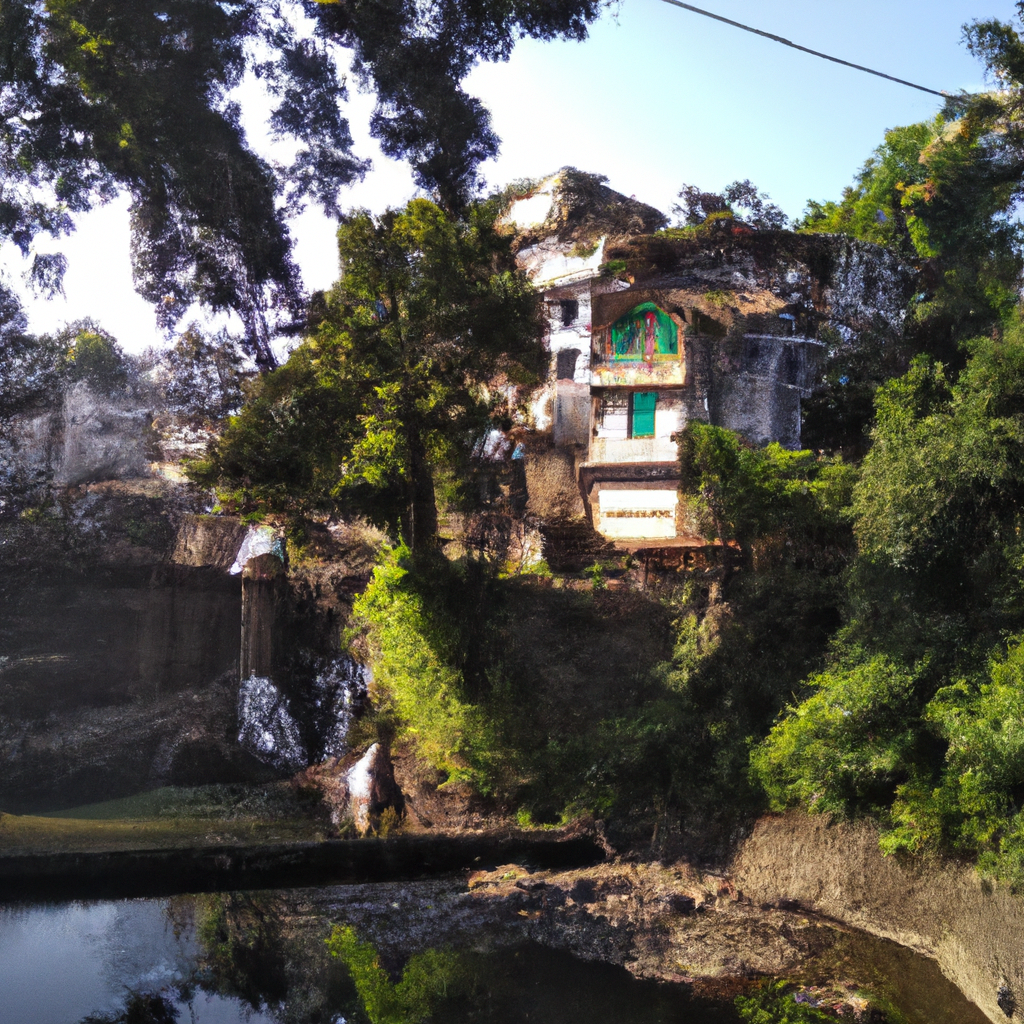Welcome to our comprehensive guide on revolutionizing your energy by creating your own hydroelectric power system right in your backyard. In this article, we will delve into the fascinating world of hydroelectric power, exploring its benefits, the steps involved in setting up your own system, and the considerations you need to keep in mind to ensure its success. By the end, you’ll have all the knowledge and inspiration you need to embark on this eco-friendly journey towards energy independence.

Understanding Hydroelectric Power
Hydroelectric power harnesses the energy of flowing or falling water to generate electricity. It is a clean and renewable source of energy that has gained significant popularity due to its numerous advantages. Unlike fossil fuels, hydroelectric power doesn’t emit harmful greenhouse gases, making it environmentally friendly and sustainable. Additionally, it offers a reliable and consistent source of electricity, especially in areas with abundant water resources.
Benefits of Hydroelectric Power
1. Renewable and Sustainable
Hydroelectric power relies on the continuous flow of water, which is a renewable resource. As long as water keeps flowing, the energy generation remains uninterrupted, making it a sustainable option for meeting our energy needs.
2. Clean and Environmentally Friendly
Unlike traditional power generation methods that rely on fossil fuels, hydroelectric power produces minimal greenhouse gas emissions. By utilizing the power of water, we can significantly reduce our carbon footprint and contribute to a cleaner and healthier planet.
3. Cost-Effective
Once you set up your hydroelectric power system, the fuel source (water) is free, resulting in long-term cost savings. Additionally, the maintenance requirements are relatively low, making it a financially viable option in the long run.
4. Reliable and Stable
Hydroelectric power provides a stable and consistent source of electricity, as it is not affected by factors like fuel price fluctuations or supply disruptions. This makes it a reliable option for both residential and commercial energy needs.
Setting Up Your Own Hydroelectric Power System
Now that we understand the benefits of hydroelectric power, let’s dive into the step-by-step process of creating your own system right in your backyard.
1. Assess Your Water Source
The first step is to assess the availability and reliability of the water source on your property. Ideally, you should have a flowing stream or a river nearby that can provide a consistent flow of water throughout the year. Evaluate the water source’s volume, velocity, and head (the vertical distance the water falls), as these factors will determine the potential energy generation.
2. Calculate Power Potential
Next, you need to calculate the power potential of your water source. This involves determining the flow rate (measured in gallons per minute) and the head. By multiplying these values, you can estimate the potential power output in kilowatts (kW). This information will help you choose the appropriate equipment for your hydroelectric power system.
3. Obtain Necessary Permits and Permissions
Before proceeding with the installation, it is crucial to check local regulations and obtain any necessary permits or permissions. Depending on your location, you may need to consult with environmental agencies or local authorities to ensure compliance with safety and environmental standards.
4. Design Your System
Designing your hydroelectric power system involves selecting the right equipment, such as turbines, generators, and transmission lines, based on your power potential calculations. It is advisable to consult with experts or professionals in the field to ensure an optimal design that maximizes energy generation.
5. Install the System
Once you have obtained the necessary permits and designed your system, it’s time to proceed with the installation. This step requires careful attention to detail and adherence to safety guidelines. It is recommended to seek professional assistance during the installation process, especially if you lack experience in working with electrical systems.
6. Perform Regular Maintenance
To ensure the efficiency and longevity of your hydroelectric power system, regular maintenance is essential. This includes inspecting and cleaning the equipment, monitoring water flow, and addressing any potential issues promptly. By staying proactive with maintenance, you can enjoy uninterrupted power generation for years to come.
Conclusion
Congratulations! You are now equipped with the knowledge and insights to create your own hydroelectric power system in your backyard. By harnessing the power of flowing or falling water, you can revolutionize your energy and contribute to a more sustainable future. Remember to assess your water source, calculate power potential, obtain necessary permits, design your system, install it with care, and perform regular maintenance. Embrace this eco-friendly journey and reap the benefits of clean, renewable, and reliable energy.